Heritage "saviors"
Having worked alongside artisans for three years on the restoration of Thai Hoa Palace, architect Hoang Viet Trung, Director of the Hue Ancient Citadel Relics Conservation Center, affirmed that without the artisans, skilled craftsmen, and the communities of traditional craft villages—the "saviors" of the heritage—the project would have been difficult to accomplish.
Thai Hoa Palace, located within the Hue Imperial Citadel, was begun by King Gia Long in 1805. It is one of the monumental and symbolic structures of the Nguyen Dynasty, where important court ceremonies took place, such as coronation ceremonies, the king's birthday celebrations, receptions for foreign envoys, and the two grand court sessions on the 1st and 15th of each lunar month. On November 23, 2021, Thai Hoa Palace underwent restoration with a total budget of 128 billion VND from the state budget. The project covers a total area of approximately 7,100 m² , including Thai Hoa Palace itself (1,440 m²) and the Grand Court Courtyard (1,640 m² ). After three years, the project was inaugurated on November 23, 2024. Architect Hoang Viet Trung stated that, in the past, there was a strong connection between traditional craft villages and the royal court. Traditional artisans from villages like Phuoc Tich, Tien Non, and Da Le were often summoned to the imperial city to work on important constructions. Without the skilled hands that created each tile, layer of paint, and enamel panel, the Hue Imperial Citadel as it stands today would not exist.
|
The Thai Hoa Palace is considered a model in restoration work and a practical environment for succeeding generations of artisans. (Photo provided by the Hue Ancient Citadel Relics Conservation Center) |
From a state of severe deterioration after the war and the subsidy period, over the past 30 years, the conservation and promotion of the cultural heritage of the ancient capital of Hue has achieved many great successes. Hue is not only the first place in Vietnam to be recognized as a UNESCO World Heritage Site, but it has also become a model for the restoration, rehabilitation, and sustainable development of heritage. To date, more than 250 large and small structures have been preserved and restored, including typical works such as: Ngo Mon Gate, The Mieu Temple, Dien Tho Palace, Truong Sanh Palace, Long An Palace, Nam Giao Altar, Gia Long Mausoleum, Tu Duc Mausoleum, Khai Dinh Mausoleum... The restoration work has been carried out systematically, according to international conservation standards, with the participation of experts, artisans, craftspeople from traditional villages, and highly skilled technicians. Among them, two recent structures, the Kien Trung Pavilion and the Thai Hoa Palace, stand out as prime examples of a modern approach that still preserves traditional identity.
With the Ha Long Bay World Natural Heritage site, alongside commitments to UNESCO on heritage conservation and promotion, Quang Ninh province clearly recognizes the role and importance of the local community in protecting the heritage environment; and closely follows the guidelines for implementing the World Heritage Convention in promoting and encouraging the active participation of the community and stakeholders in heritage as a necessary condition for sustainable protection, conservation, management, and interpretation of the heritage. According to Mr. Vu Kien Cuong, Head of the Ha Long Bay Management Board, for more than 30 years since Ha Long Bay was inscribed on the World Heritage list, one of the important solutions prioritized by Quang Ninh province is to strengthen propaganda and education to raise awareness among the local community about protecting the heritage environment for all target groups, with particular emphasis on educating the younger generation about heritage environmental protection. Since the 2000-2001 school year, Quang Ninh province has incorporated heritage protection education into the curriculum of all three levels of general education in all schools along the shores of Ha Long Bay. The province has also successfully implemented the Ecoboat education model – an extracurricular activity focused on environmental protection in Ha Long Bay since 2005, with the motto "learning through play, playing through learning"... Many initiatives and environmental protection programs in the areas on and along the bay's shores have received active and proactive participation from the local community.
Vietnam's strong message about its responsibility to preserve heritage.
According to architect Hoang Viet Trung, the preservation of the Hue Imperial Citadel complex and many other world-recognized cultural heritage sites over the years has not only focused on safeguarding historical architectural structures but also on comprehensively restoring cultural, artistic, and traditional craft values. A prime example is the Thai Hoa Palace and the Kien Trung Pavilion, two exemplary works in the restoration of Nguyen Dynasty relics. Through systematic restoration, these two structures have not only regained their original appearance but have also become vibrant training grounds for succeeding generations of artisans. Traditional crafts such as glazed tile making, gold leafing, enamelware, and lacquer painting have been revived thanks to the direct participation of experienced artisans, combined with scientific research methods. This is not only about preserving ancient techniques but also about maintaining the flow of national cultural heritage. Preserving historical sites cannot be limited to restoring their physical form; it must also focus on the human element—the artisans themselves are the "living treasures" that help the heritage continue to "breathe" and endure sustainably.
At the international scientific conference on the theme "Protecting and promoting the value of World Heritage sites through a community-based approach for sustainable development," recently held in Hanoi, Mr. Jonathan Baker, Head of the UNESCO Hanoi Office, assessed that Vietnam has done well in protecting and promoting heritage, with a community-centered approach. According to him, to enhance the role of the community, localities need to ensure the welfare and sustainable livelihoods of local communities as well as people living in and around World Heritage sites; empower them through capacity building and knowledge sharing on conservation; and promote the resilience of heritage sites to climate change based on indigenous knowledge.
Source: https://www.qdnd.vn/van-hoa/doi-song/cong-dong-nam-giu-phat-huy-ben-vung-di-san-830085


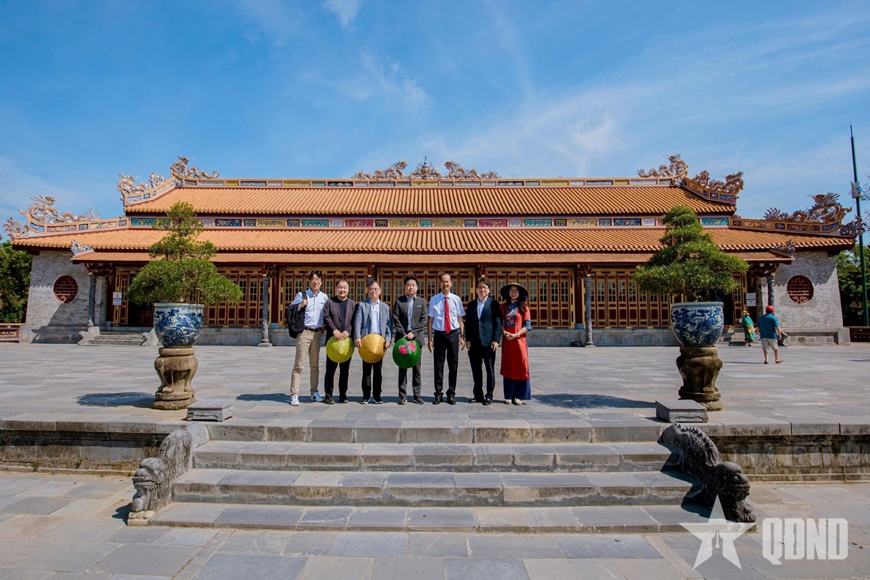









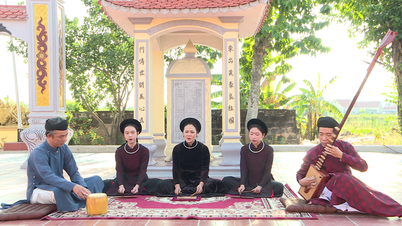

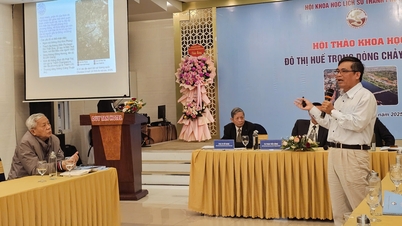

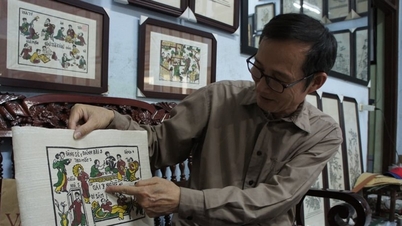

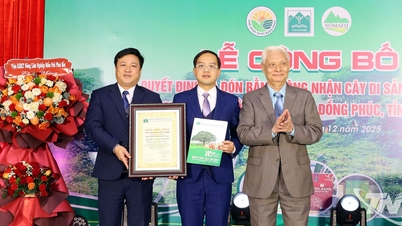



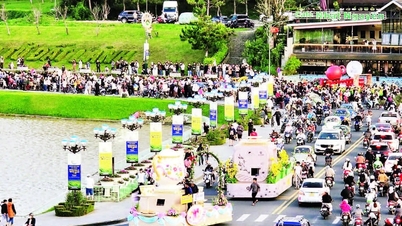

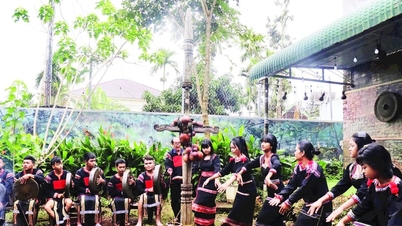
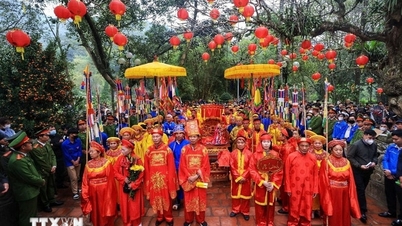























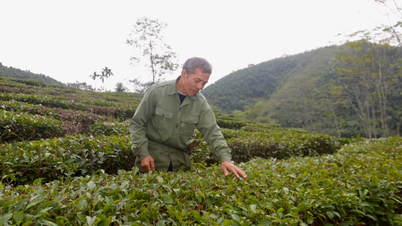



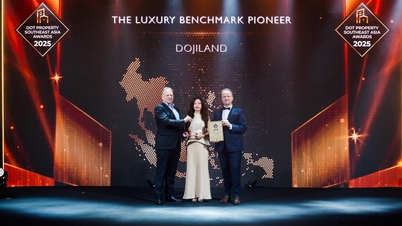
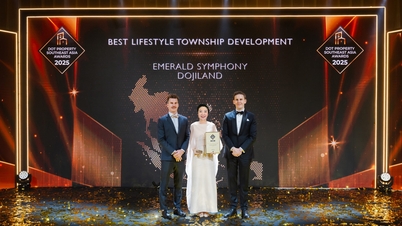


















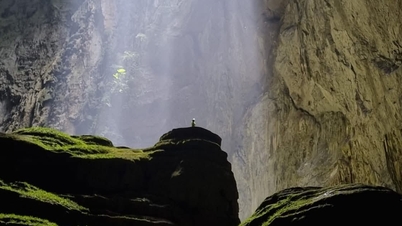












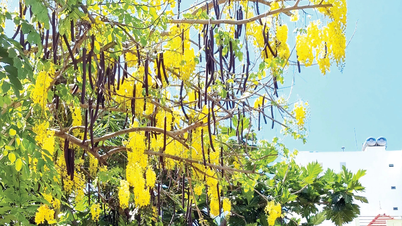


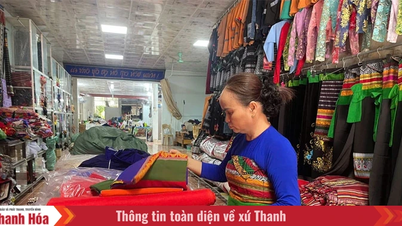

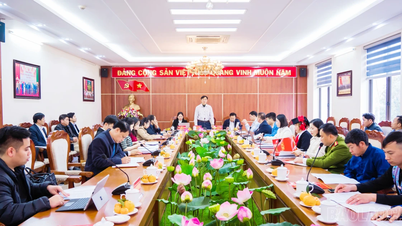













Comment (0)